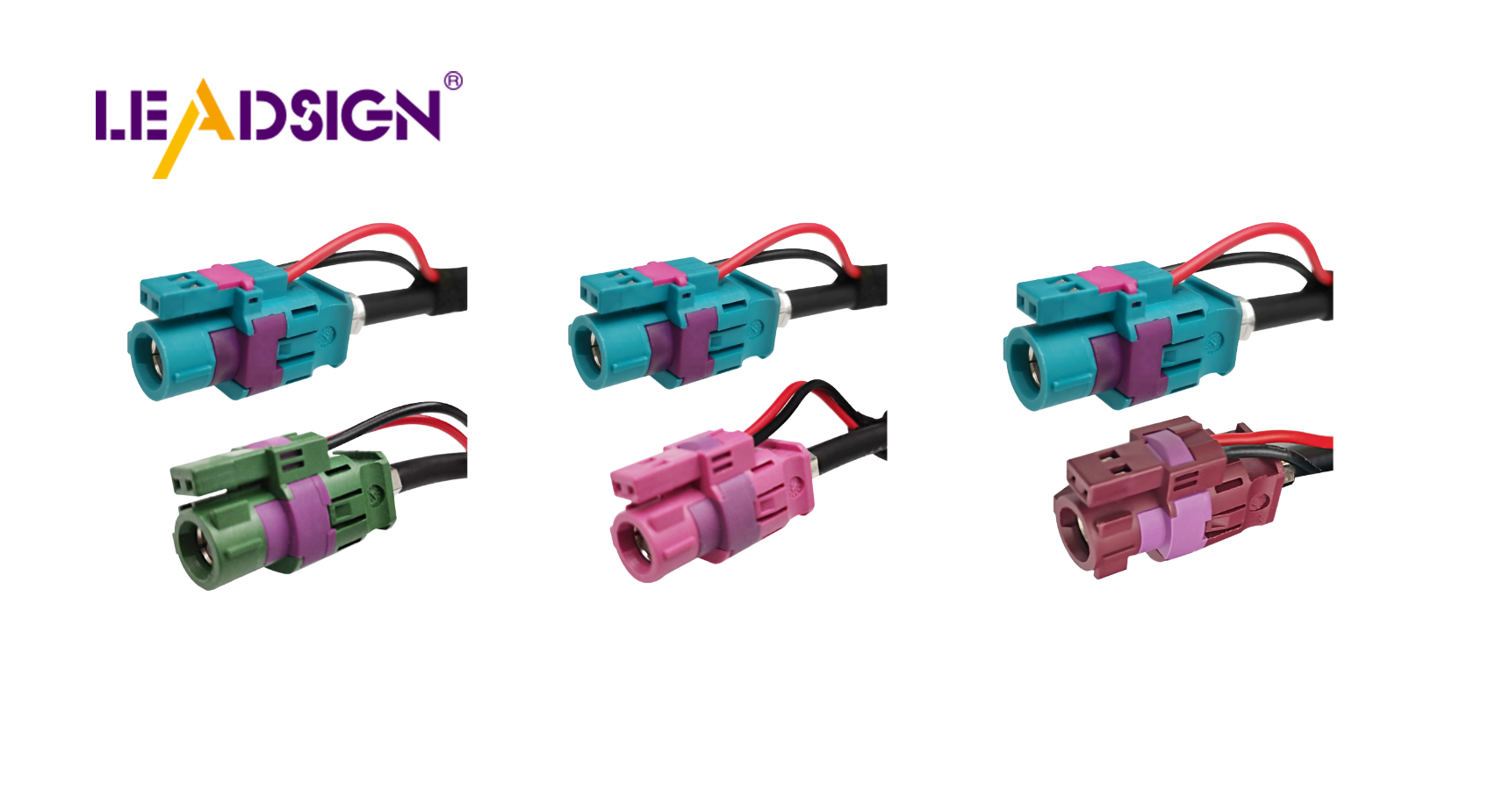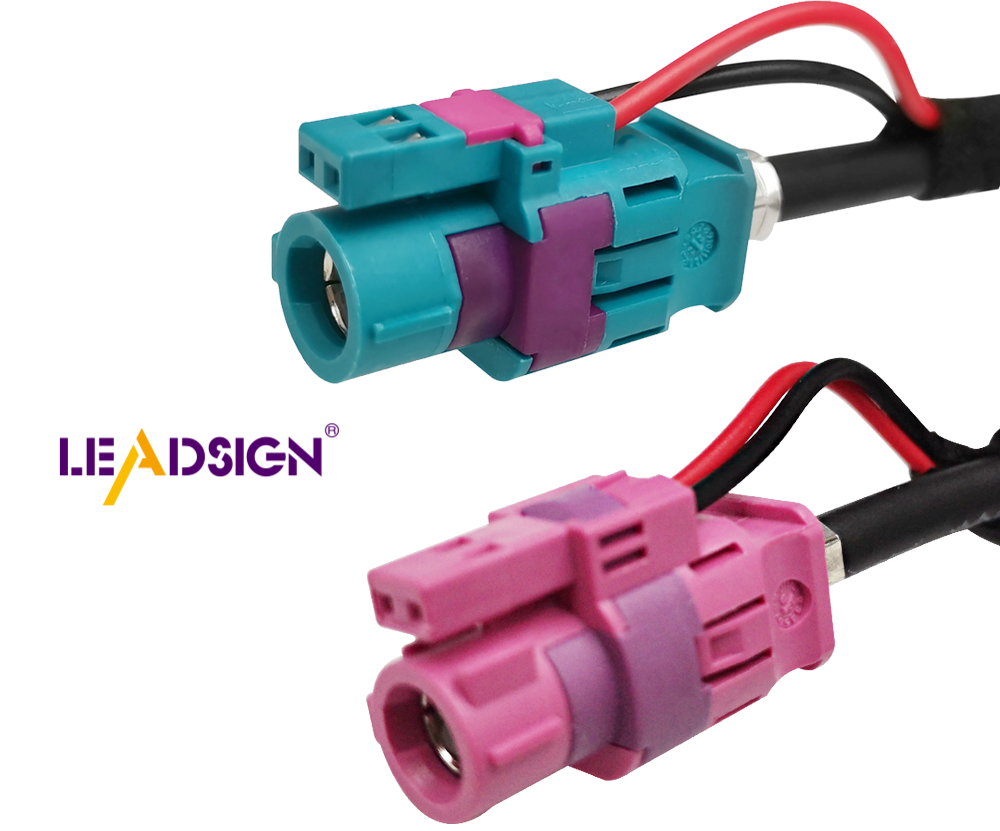Comparing EV and Hybrid Vehicle Cables with Custom Cable Makers

Vehicle cables are very important for electric cars. They help send signals, provide power, and control driving. Good EV cables ensure these functions work effectively. Electric cars generate significant heat, especially in high-power components, so they require efficient cooling to prevent overheating. Hybrid vehicles utilize both electric and gas engines, necessitating different types of cables. Understanding these differences helps you grasp what each vehicle needs.
Key Takeaways
High-voltage cables are essential for electric vehicles, transferring power from the battery to the motor and ensuring optimal performance.
Charging cables come in different types (Type 1 and Type 2) and must be compatible with both the vehicle and charging stations for effective charging.
Hybrid vehicles require specialized cables that connect electric and gas engines, allowing for smooth transitions between power sources and improved fuel efficiency.
Custom cable makers play a crucial role in designing cables tailored to specific vehicle needs, enhancing safety and performance.
Choosing the right cables for your electric or hybrid vehicle can significantly improve its efficiency and longevity.
Safety is paramount when handling high-voltage cables; always follow industry standards and guidelines to prevent accidents.
Understanding the differences between electric and hybrid vehicle cables helps you make informed decisions about your vehicle's maintenance and upgrades.
Types of Vehicle Cables in Electric Vehicles (EVs)

High-Voltage Cables
High-voltage cables are key for electric cars. They move power from the battery to the motor. These cables handle heat and last long. They are often orange or blue. This makes them easy to spot for safety.
Purpose and Functionality
High-voltage cables are vital for electric cars. They bring power to the motor. Without them, the car won't work. They must handle heat and stay strong. This keeps your car running well.
Safety Considerations
Safety is important with high-voltage cables. They must meet standards for quality. Handle them carefully. The colors help you see them, lowering accident risks. Good design stops interference, keeping the car safe.
Charging Cables
Charging cables power up your electric car. They link your car to a charger. Different cables fit different cars.
Types of Charging Connectors
There are two main connectors: Type 1 and Type 2. Type 1 is for older cars. Type 2 is for newer ones. Know which your car needs.
Compatibility with Charging Stations
Charging cables must fit many stations. This lets you charge anywhere. Check your car and station specs. This helps charging work well, so your car is ready.
Types of Cables in Hybrid Cars
Hybrid Power Systems
Hybrid cars use both electric and gas engines. They need special cables to work well.
Connecting Electric and Gas Engines
Cables link the electric motor and gas engine in hybrids. They help switch smoothly between power sources. These cables also help save energy when braking. This makes the car use less fuel.
Power Flow in Hybrids
Cables move power from the battery to the motor and other parts. They manage energy between electric and gas systems. This helps the car run well on any power source.
Cable Needs for Hybrids
Hybrids need strong, bendable cables to work right.
Strong and Bendable Cables
Cables must be strong and bendy. They handle movement and shaking. Strong cables last long. Bendy cables are easy to put in and fix. This keeps the car working well.
Handling Heat
Cables must deal with heat from the motor and engine. Good heat control stops overheating. This keeps the car safe and working well. Well-made cables keep parts cool and improve performance.
Role of Custom Cable Makers in Electric Vehicles
Custom cable makers are important for electric cars. They make special cables that help cars work well and safely.
Improving Cable Performance
Custom cable makers make vehicle cables better. They know what electric cars need and make cables to fit.
Special Solutions for Each Car
Each electric car needs different cables. Custom makers create cables that fit each car perfectly. This helps the car run smoothly. They make sure power moves well from the battery to the motor.
New Ideas in Cable Design
Custom cable makers use new ideas to make cables. They try new materials and designs. This helps cables handle high power without getting too hot. These cables last long and work well.
Expert Testimony: Rory Jackson, who knows a lot about EV cables, says, "Making EV cables is more complex than people think." This means new ideas are needed for cable design.
Making Sure Cables Fit
Cables must fit well in electric cars. Custom makers make sure their cables work with many car types and rules.
Fitting Different Car Models
Electric cars are all different. Custom makers change their cables to fit each car. This makes sure the cables connect well with the car's parts.
Following Industry Rules
Following rules is key for safety and good work. Custom makers follow these rules. They make cables that are safe and work well. This gives you confidence in your car.
Electric and hybrid cars need different cables to work well. Electric cars use high-voltage cables. These cables move power from the battery to the motor. This helps the car run smoothly. Hybrid cars need special cables. These cables help the electric and gas engines work together. Custom cable makers make cables fit each car. This makes cars safer and better. Picking the right cable makes your car work better and last longer.
FAQ
What kinds of cables do electric cars use?
Electric cars use high-voltage cables. These cables handle up to 1500V. They work in hot and cold places. This keeps the car safe. You find these cables in the car's wiring.
How are electric car cables different from regular car cables?
Electric car cables are not like regular car cables. Electric cars use high-voltage cables. These cables connect parts and power the car.
What voltage levels do car cables have?
Car cables have two voltage levels. Low voltage is 0-60V. High voltage is over 60V, up to 1500V. Knowing these helps pick the right cables.
Why do electric cars need high-voltage cables?
High-voltage cables are key for electric cars. They move power from the battery to the motor. This keeps the car running well and safely.
Can I use any cable to charge my electric car?
No, you can't use just any cable. Different cars need special connectors, like Type 1 or Type 2. Knowing your car's needs helps with charging.
How do custom cable makers help electric cars?
Custom cable makers make cables fit each car. They use new ideas and materials. This makes cables last longer and work better.
What do cables do in hybrid cars?
In hybrid cars, cables link the electric motor and gas engine. They help switch power smoothly. They also manage energy flow.
Are there safety tips for handling high-voltage cables?
Yes, be careful with high-voltage cables. They must meet quality rules. Colors help you see them. Good design stops problems.
How do custom cable makers fit cables to different cars?
Custom makers change cables to fit many cars. They follow rules to make sure cables work well and are safe.
Why are strong and bendy cables good for hybrid cars?
Strong and bendy cables handle movement well. They last long and are easy to fix. This helps the car work better.
See Also
Improving Automotive Data Flow With Innovative Connectors
Boosting Vehicle Efficiency Using HSD to USB 2.0
Improving Connectivity Through HSD LVDS Cable Solutions
Increasing Automotive Efficiency Using HFM Connectors
Harnessing FAKRA Coaxial Connectors For Enhanced Performance

